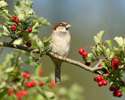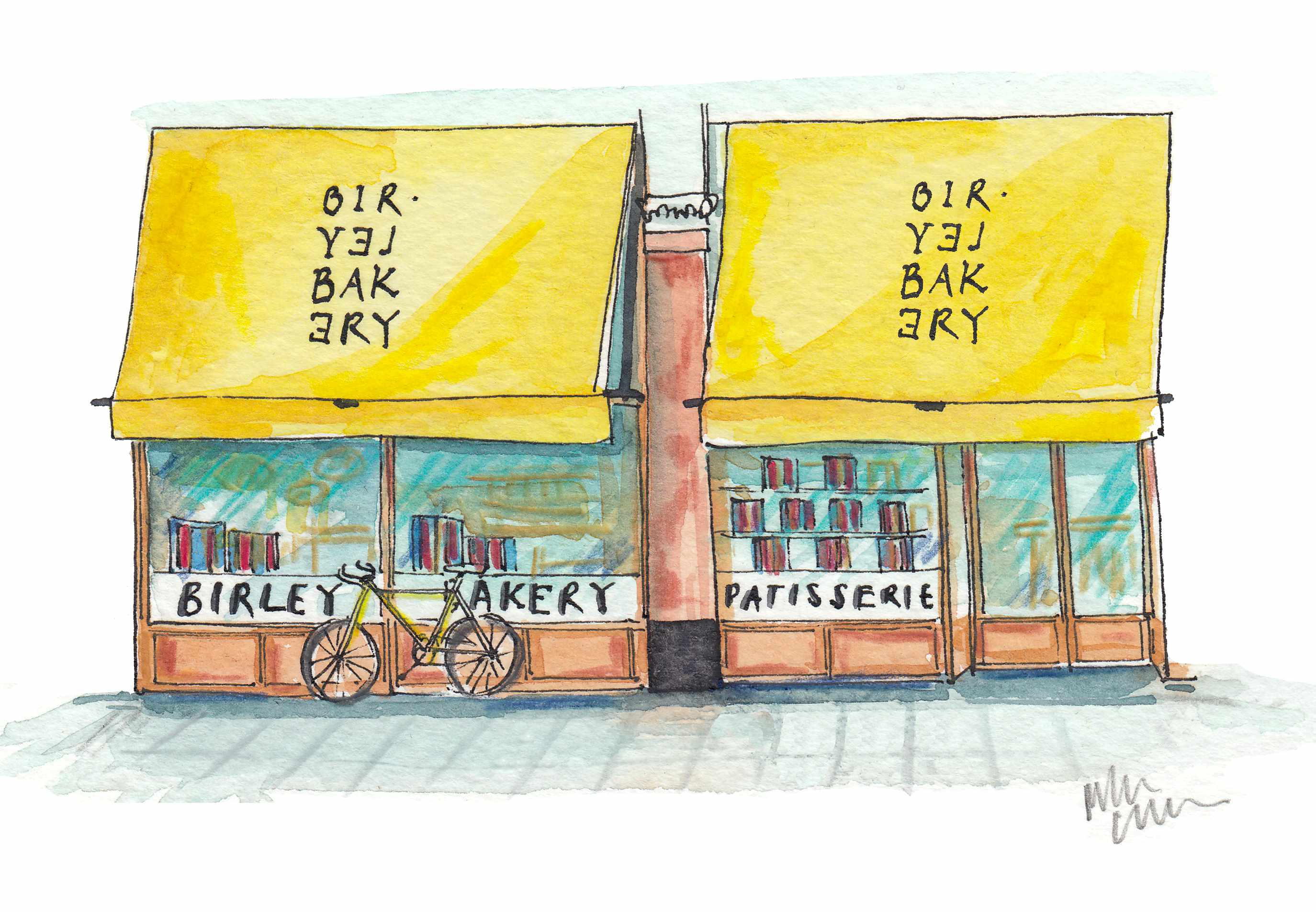Gardening tips this week
Prune blackberries, tips on sterilising the soil and hoeing weeds are all task that should be tackled in gardens come November.


Prune blackberries
Prune and train your blackberries as you do any other cane fruit. New growth should be supported as soon as possible to avoid wind damage. Perhaps you will have already loosely tied back the long new growths during the growing season to make the training easier now you come to prune. Cut back the old flowering canes and tie in, horizontally, as many of the new shoots as possible; don’t cross the canes one over another. Blackberry growth can be unpredictable producing great lengths in wet years so use vine eyes and wire to make the most of it.
How to sterilise the soil
We make our own soil-based potting compost, using a Camplex soil steriliser (www.thermoforce.co.uk), a good investment if you’re making compost in bulk as it kills any weed seeds. With capacities of 34 litres or 68 litres and a loading of 1.5kw or 3kw respectively, running for 1¼ hours, you’ll have to consider the buying and running costs, but you should also take into account the benefits of pest control, as well as the lack of weeds. The clean soil can then be used to mulch round young trees planted in lawns, where unsightly grass may grow up the stems, that, if strimmed, can damage the tree’s growth. So remove the turf around the stems and replace it with sterilised soil—this will eliminate the need to spray weeds with chemicals by preventing their growth. It’ll look neat and tidy, too. When the soil is heated up to 82˚C/180˚F, it gives off a peculiar smell, not too unpleasant to humans, but we’ve found that, if we put it into molehills, the moles hate it and abandon their runs.
Overwintering plants
An unheated greenhouse is ideal for overwintering plants of borderline hardiness in pots and containers. Frost can damage the roots of contained plants as well as the growth itself. We bring in all our evergreen nursery stock if we have the room, including agapanthus and cannas in pots. Our containers of scented-leaved geraniums, outside all summer, usually survive the winter in the greenhouse and can be used again next year.
Hoe weeds
Sign up for the Country Life Newsletter
Exquisite houses, the beauty of Nature, and how to get the most from your life, straight to your inbox.
As the season gets colder and darker, so the enthusiasm for weeding ebbs, too, but if you do hoe weeds when you can during the autumn, it will pay dividends next spring. Grassy weeds will be the hardest to eradicate then, as they’ll continue to spread roots in the winter. If you’re unable to hoe, with a bit of care, you can smother and kill patches of weeds with a thick mulch of compost. Larger weeds can be chopped up with the hoe before covering, and make sure you’ve covered them all completely as any greenery showing will sprout again.
Double shredding
The smaller the shreddings you put on the compost heap, the sooner the mix can be used. Woody shreddings may be too coarse for the compost, so you can use them as mulch for your shrub borders. However, if you put them through the shredder a second time, the reduced size will make them more suitable for your compost. Philip Maddison is head gardener at Harrington Hall, Lincolnshire (www.harringtonhallgardens.co.uk)
Country Life is unlike any other magazine: the only glossy weekly on the newsstand and the only magazine that has been guest-edited by HRH The King not once, but twice. It is a celebration of modern rural life and all its diverse joys and pleasures — that was first published in Queen Victoria's Diamond Jubilee year. Our eclectic mixture of witty and informative content — from the most up-to-date property news and commentary and a coveted glimpse inside some of the UK's best houses and gardens, to gardening, the arts and interior design, written by experts in their field — still cannot be found in print or online, anywhere else.
-
 'That’s the real recipe for creating emotion': Birley Bakery's Vincent Zanardi's consuming passions
'That’s the real recipe for creating emotion': Birley Bakery's Vincent Zanardi's consuming passionsVincent Zanardi reveals the present from his grandfather that he'd never sell and his most memorable meal.
By Rosie Paterson
-
 The Business Class product that spawned a generation of knock-offs: What it’s like to fly in Qatar Airways’ Qsuite cabin
The Business Class product that spawned a generation of knock-offs: What it’s like to fly in Qatar Airways’ Qsuite cabinQatar Airways’ Qsuite cabin has been setting the standard for Business Class travel since it was introduced in 2017.
By Rosie Paterson